How to Graph the Sine Function?

A step-by-step guide to graph the sine function
We can see how \(x\) and \(y\) change by using the graph:
- By increasing \(x\) from \(0\) to \(\frac{\pi }{2}\), \(y\) increases from \(0\) to \(1\).
- By increasing \(x\) from \(\frac{\pi }{2}\) to \(\pi\), \(y\) decreases from \(1\) to \(0\).
- By increasing \(x\) from \(\pi\) to \(\frac{3\pi }{2}\), \(y\) continues to decrease from \(0\) to \(-1\).
- By increasing \(x\) from \(\frac{3\pi}{2}\) to \(2\pi\), \(y\) increases from \(-1\) to \(0\).
This pattern repeats itself when we plot a larger subset of the domain of the \(sine\) function. For example, add to the points given above the point whose \(x\)-coordinates are in the interval \(-2\pi \le x\le \:0\):
Related to This Article
More math articles
- Improving Your Math in College: What You Should Do
- The Ultimate 6th Grade DCAS Course (+FREE Worksheets)
- Overview of the ASVAB Mathematics Test
- How long is the TEAS Test?
- The Best TASC Math Worksheets: FREE & Printable
- HL Congruence: The Special Case of Right Triangles
- 8th Grade Common Core Math FREE Sample Practice Questions
- Geometry Puzzle – Challenge 65
- How to Graph Inverse of the Cosine Function?
- 10 Most Common 8th Grade Georgia Milestones Assessment System Math Questions
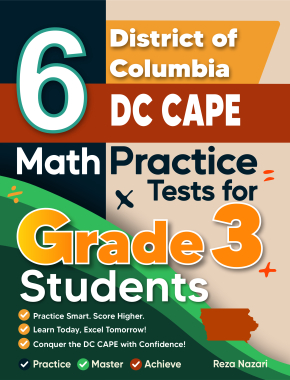
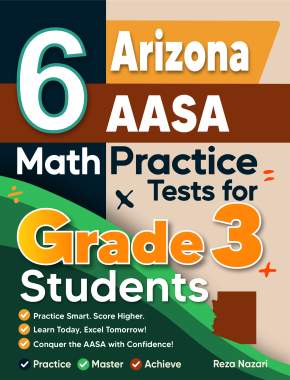

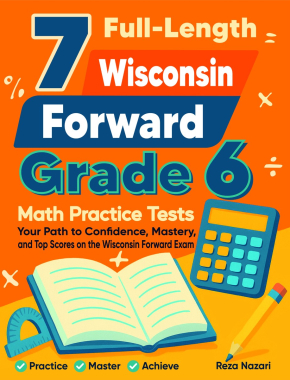

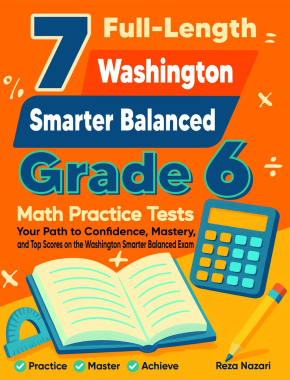


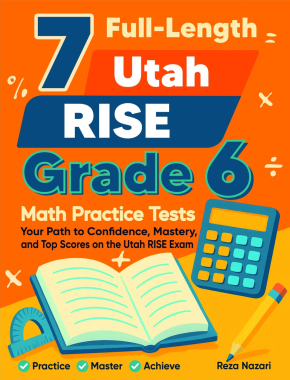

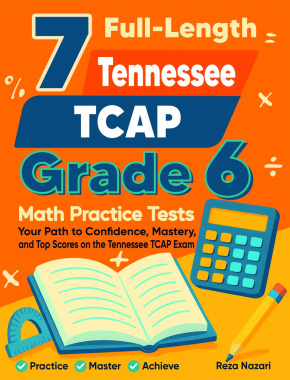
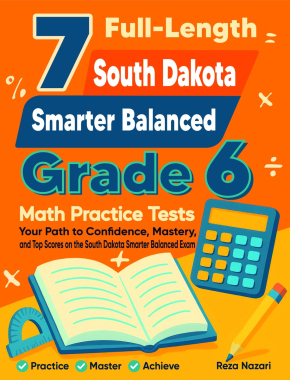
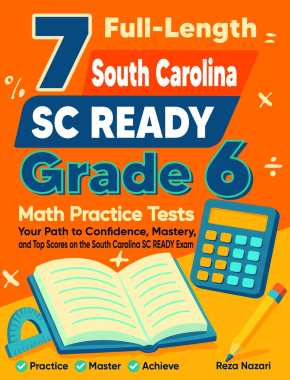
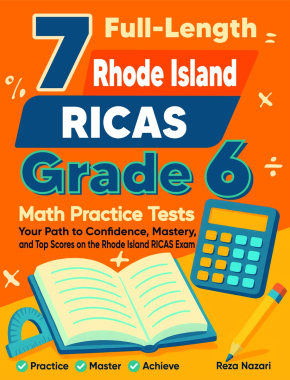


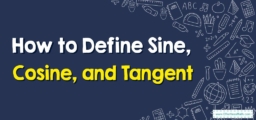








What people say about "How to Graph the Sine Function? - Effortless Math: We Help Students Learn to LOVE Mathematics"?
No one replied yet.